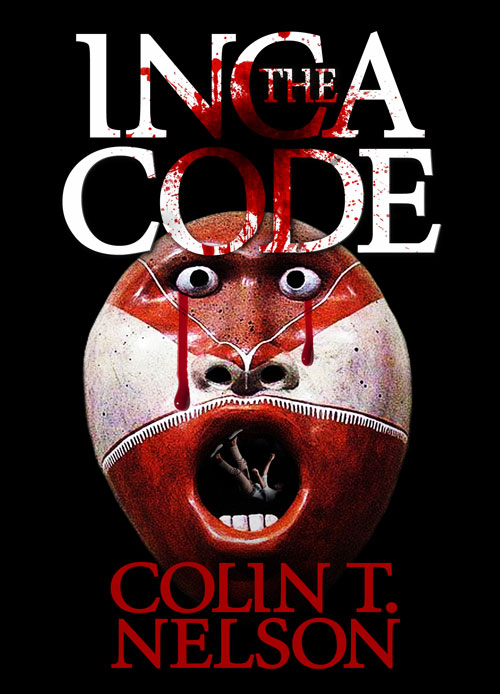I posted earlier about the new Steven Soderbergh film Contagion because my book Reprisal is also about the possibility of a pandemic occurring in the U.S. In my story, terrorists threaten to infect American school children with small pox.
What is a pandemic?
When an infectious disease breaks out over a wide geographical area affecting millions of people, it’s called a pandemic. A recent review of Contagion in a Star Tribune article had interviews with two Minnesota State Epidemiologists at: http://www.startribune.com/entertainment/movies/129463988.html. It’s a good discussion of the horrors of a pandemic.
In my last post, I wrote about the conditions that cause an outbreak, even in the U.S. Remember the anthrax scare when people mailed infected envelopes to legislators or the H1N1 flu virus?
But people always say: Couldn’t Americans simply take a med? And besides, none of those previous scares led to widespread infections or pandemics. Let’s look at each of these points.
The Center for Disease Control and Prevention in Atlanta has a rapid response team of scientists and epidemiologists who could move to the source of the outbreak (if they can find it) to fight the disease along with local first responders. One of their first duties is to identify the disease. That takes time. Next, they quarantine the infected area and analyze to see if a medication would be effective to combat the disease and/or prevent uninfected people from getting sick. That takes time–meanwhile, the disease can spread unchecked.
Although modern Americans have great confidence that a pill or shot will cure anything today, that’s not always true about infectious diseases. The very reason these diseases spread is because they are often a strain that is not stoppable with the usual antibiotics and meds.
A bigger problem with pandemics isn’t the disease so much as the speed at which it spreads. Scientists call this the “R-factor.” It’s expressed as a number like 4 or 6 or 10. It means that if one person is infected with a disease, how many others would likely be infected also. A number four means that four other people would typically catch the disease from the first person. Some diseases have higher R-factors–making them truly dangerous because they can spread so fast and far.
I think the biggest problem facing us in the event of a pandemic is the fear it would cause.
Here’s what would probably happen in the event of a pandemic starting in a city. First, the public buildings would be closed, the public spaces, and transportation. The scientists from the CDC would arrive and attempt to quarantine the area to limit the R-factor by preventing people from leaving their homes. As a result, food and water would become scarce as grocery stores were closed and no new shipments of food allowed into the quarantined area. Private business would close down and a significant financial recession/depression would occur.
Meanwhile, people would sense all this coming and, being human, would react accordingly: they would flee in mindless fear. Highways, trains, rivers, would all be clogged with people fleeing the pandemic–which would lead to the further spread of the disease. The struggle to survive would lead to deaths from people fighting over scarce resources and the need to escape. This would build into uncontrollable violence.
Scary? What do you think would happen?






